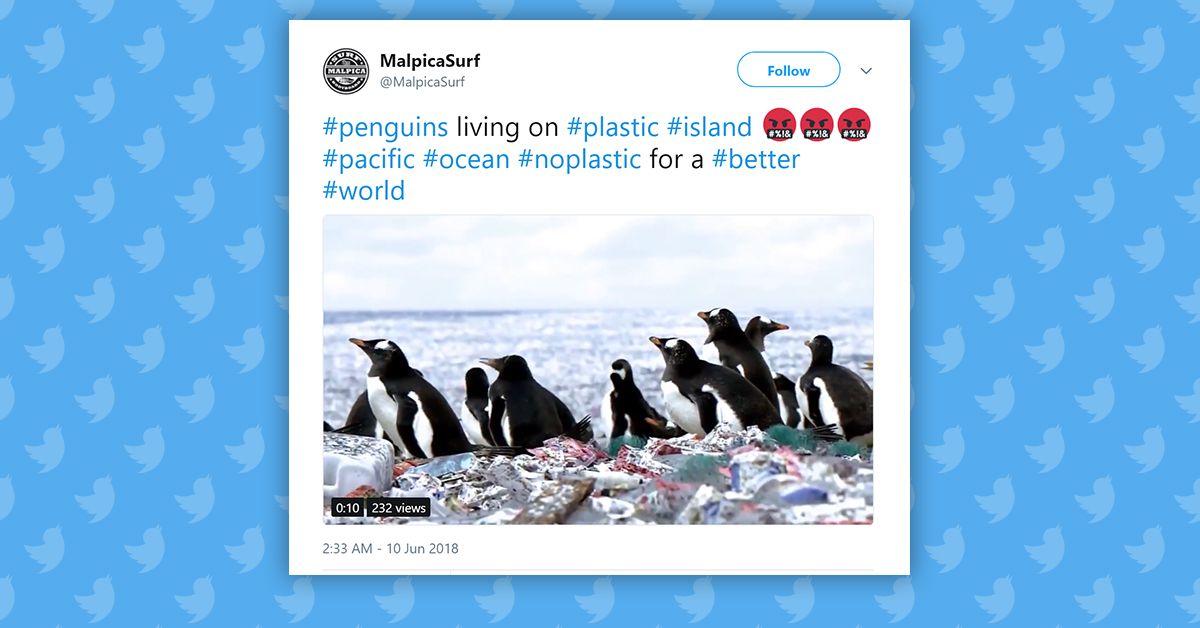A recent study estimated that nearly 150 million tons of plastic is currently polluting the world's oceans, but has it really reached a point where penguins are living on islands of plastic? A viral video purportedly showing a group of penguins living on island made of ice, garbage, and other debris in the Pacific Ocean is frequently shared online:
This is not genuine footage of penguins living on a plastic island. This is a digitally manipulated video that was originally posted by the World Wildlife Foundation on 1 April 2018. The WWF may have created this clip as an April Fool's Day joke, but their original Facebook post linked to an article which explains that although the footage was faked, the problem is real (translated from German):
Fortunately, our discovery of penguins on the island made of plastic waste is not genuine. All the penguins we filmed are well and continue to live happily on their island of ice. It is a picture montage. But we live in a world where such hazards from plastic pollution could very quickly become real, so there's no April Fool punchline, just serious background.
Eight million tons of plastic are thrown into the ocean each year — by 2050 there will be more plastic in the sea than fish. Therefore, we should all reflect to ourselves on what we do to our planet with our daily behavior. Plastic smothers our seas and we need to act urgently before stories that sound impossible become possible.
Unsere Entdeckung der Eselspinguine auf der Insel aus Plastikmüll ist glücklicherweise nicht echt. Alle gefilmten Pinguine sind wohlauf und leben weiterhin freudig auf ihrer Insel aus Eis. Es handelt sich um eine Bildmontage. Doch wir leben in einer Welt, in der solche Gefahren durch Plastikverschmutzung sehr schnell real werden könnten, daher gibt es keine lustige April-Pointe, sondern einen ernsten Hintergrund.
Acht Millionen Tonnen Plastik werden jedes Jahr in den Ozean geworfen — bis 2050 wird es mehr Plastik im Meer geben als Fisch. Daher sollten wir uns alle einen Spiegel vorhalten und selbst reflektieren, was wir unserem Planeten mit unserem täglichen Verhalten antun. Plastik erstickt unsere Meere und wir müssen dringend handeln, bevor Geschichten, die unmöglich klingen, möglich werden.
The World Wildlife Foundation is not the first conservation group to use creative, albeit misleading, means to bring attention to environmental issues such as ocean pollution, displays which may be created with good intentions but can also mislead viewers. One such example is an image of a whale sculpture made entirely of ocean debris that is occasionally mistaken for a real whale that washed ashore with more than sixty pounds of trash in its stomach.

